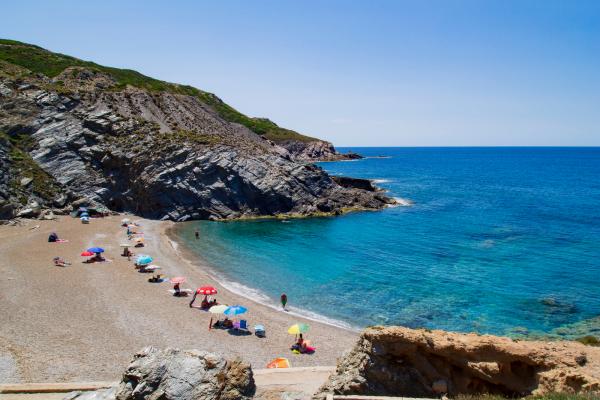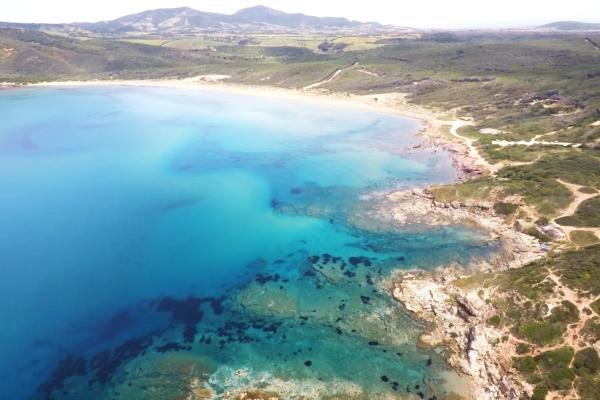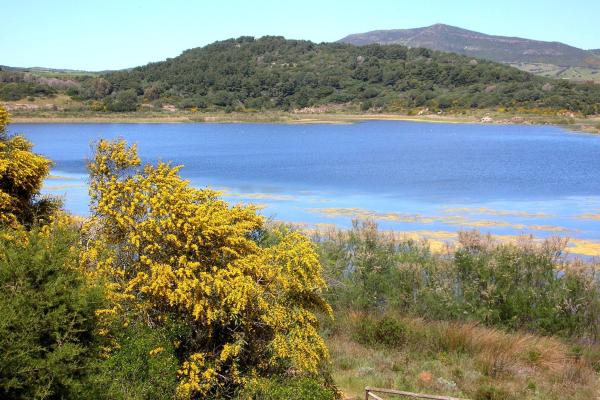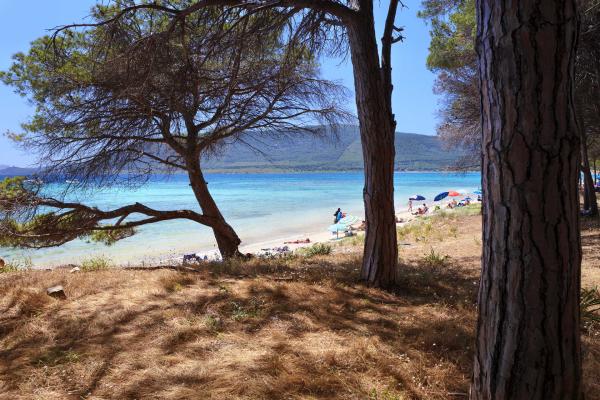An unusual landscape halfway between Alghero and Stintino: abandoned mines and an (almost) uninhabited village framed by silver cliffs and lapped by the shimmering reflections of the sea. Argentiera retains the primordial and mysterious charm of a place frozen in time. After the end of the mining epic between the 19th and 20th centuries, today it is one of the most significant and evocative European sites of industrial archaeology, an integral part of Sardinia's geo-mineral park and a UNESCO World Heritage Site. Ruins coexist with new buildings, all around sheer rock faces, mountains of mining slag and coves accessible by paths through unspoilt nature. A spectacular setting, the 1968 set for the opening scene of Boom!, starring Betty Taylor and Richard Burton, which is now a hiking destination.

See this place because...
Feel as if time has stood still amidst the ruins of the mining epic, and experience the magnetic atmosphere of a place that tells of a past world
Pictures and videos
Nearby
Dopo l'uscita da Sassari verso la SP dell'Argentiera, si attraversa il territorio della Nurra, parzialmente bonificato, fino al villaggio rurale di Palmadula dove si imbocca la strada per Porto Palmas. Il contesto ambientale La miniera dell'Argentiera è situata in una felice posizione, dove si concludono due piccole valli separate da un'altura che domina l'agglomerato nella cala di San Nicolò. Descrizione Interessata nel 1838 da un'avventurosa esplorazione dello scrittore francese Honoré de Balzac, finita in modo estremamente negativo, la miniera fu rilevata a metà Ottocento da una società belga, alla quale subentrò la Società di Corr'e boi, che la dismise nel 1963. La fase più fortunata dell'Argentiera arriva fino agli anni Quaranta anche con una notevole espansione di costruzioni. I tre nuclei principali Miniera Vecchia, Plata e Argentiera sono vicini al mare con un andamento articolato delle strade, derivato dalle curve di livello del territorio. Il primo insediamento si è sviluppato a monte lungo i lati della strada, mentre il successivo nucleo della laveria e degli impianti industriali verso il mare hanno favorito la nascita di uno spiazzo, che oggi appare stravolto da discutibili interventi: una sorta di rotonda con un arredo urbano del tutto stonato rispetto alle preesistenze, derivata da un piano di conversione turistica, bloccato nel 1981 dal pretore di Sassari per irregolarità e abusi. Vi sono poi gli edifici isolati - l'asilo, la chiesa, il cinema, la foresteria - e disseminati in un ampio spazio. La singolarità dell'Argentiera è dato dalla laveria, realizzata con un materiale del tutto insolito - il legno pitch-pine - per rendere più leggera la struttura e più facili le sostituzioni di parti deteriorate. L'esterno presenta una serie di volumi aggregati a livelli diversi, mentre l'interno, ormai abbandonato, conserva ancora elementi meccanici degradati. Sono interessanti anche alcune costruzioni legate al linguaggio razionalista: la sede della direzione rivela modi aggiornati e funzionali, con volumi geometrici su 'pilotis' e finestre in lunghezza, la copertura a terrazza e ringhiere metalliche. Contrariamente al solito, la palazzina non sovrasta l'agglomerato ma è riparata sotto un costone parallelamente alla vallata, per evitare i venti prevalenti. Conserva ancora le palme come elemento distintivo del verde circostante. La chiesa, invece, costruita negli anni Quaranta al culmine di una lunga scalinata, domina l'insediamento, mentre il cinema è collocato a ridosso del mare. Anche il dopolavoro è costruito razionalmente e si adatta all'andamento semicircolare del sito in cui sorge, oggi pesantemente alterato dagli interventi di ristrutturazione turistica. Gli edifici residenziali, in genere a due piani, sono variamente distribuiti intorno agli impianti principali ed hanno in genere volumi semplici e sottolineati da avancorpi, nel caso delle abitazioni plurifamiliari risalenti al primo Novecento. La miniera fa parte del Parco Geominerario, Storico e Ambientale della Sardegna, riconosciuto dall'UNESCO.
















